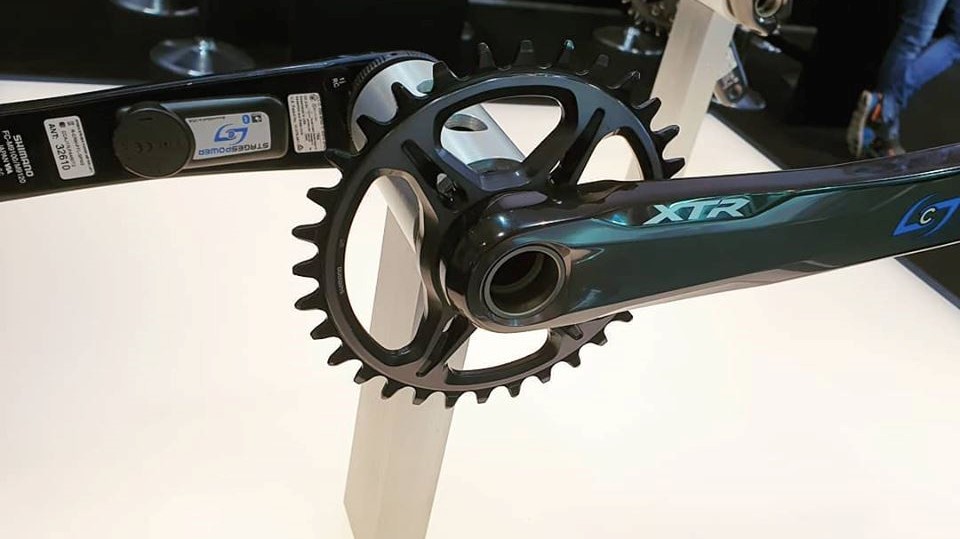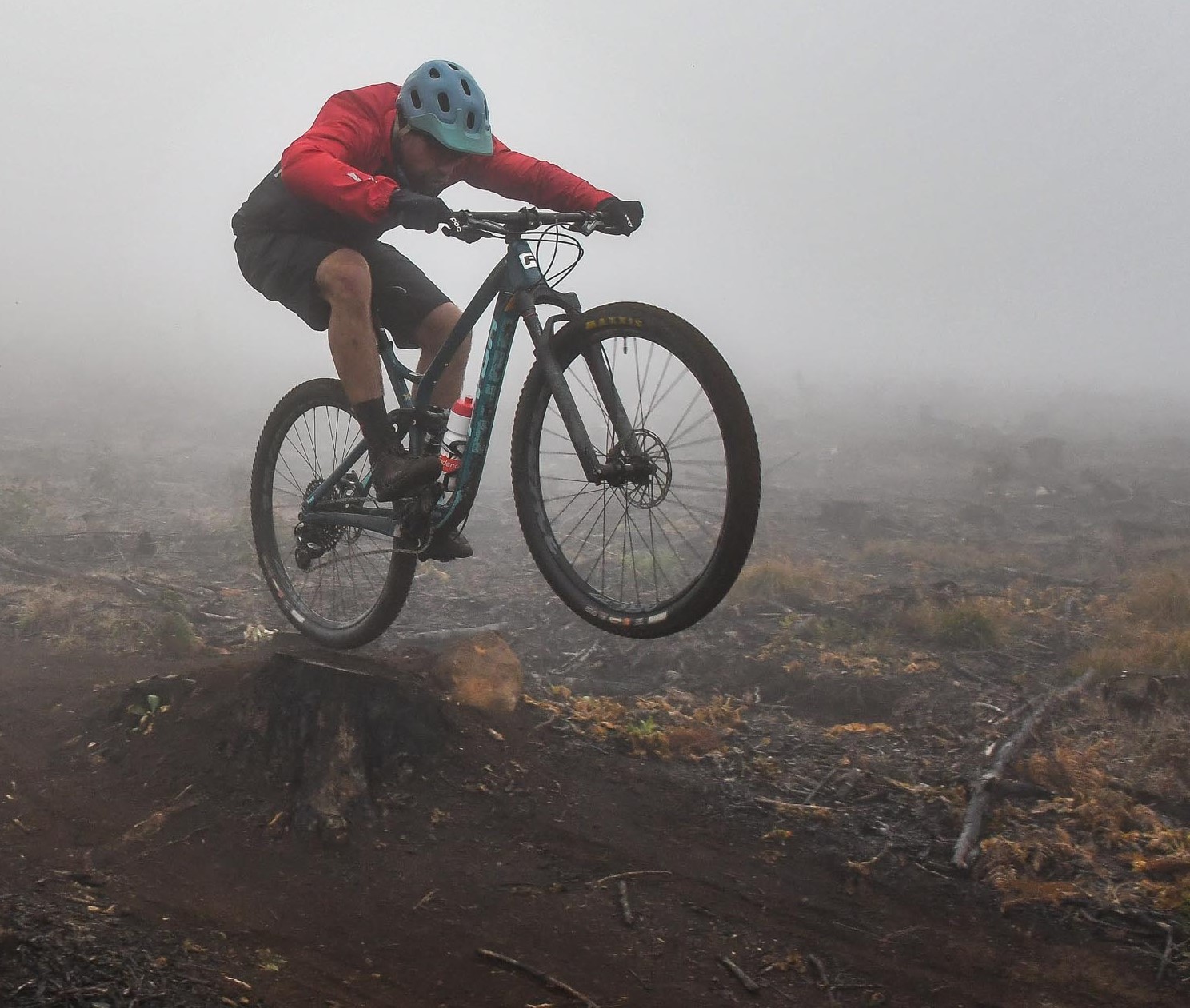Stages upgrades its Shimano power meters
Stages 3.0 power meters play nice with Shimano's latest mtb cranks

Stages has expanded its power meter offering for Shimano’s latest off-road cranksets.
The American cycling data specialist has new upgrades for mountain- and gravel-bike riders who meticulously log their cadence and power curves.
If you are a Shimano groupset rider, Stages now offers dual-leg power meter options for mountain bike cranksets. These add-on power meters run within a 1.5 per cent margin of data harvesting accuracy and only add a negligible 20g of weight to your crankarms.
These third-generation Stages mountain bike power meters are convergent with Shimano’s GRX, XT and XTR cranksets
Enabling the Stages data harvesting is an accelerometer, which uses a strain gauge comprising metallic elements. This remains a more accurate and robust system than magnet-based power meters.
As is the case with all Stages power meters, these new Shimano crankset devices integrate seamlessly with your head unit, transmitting data via either Bluetooth or ANT+ protocols.
For those rides who log their off-road miles in extreme conditions (either searing heat or freezing cold), Stages has guarded against temperature influenced power reading issues by programming a mitigation code into the software.
Stage’s product planning people are mindful of mountain bikers riding in rain more often than roadies and as such, these new Shimano power meters feature an IPX7 water-resistant design.
Pricing for these new Stages 3.0 Shimano mountain bike power meters are at the premium end of the cycling component market. A Stages-equipped set of XTR cranks will cost you $1299.
If you don’t have an issue with running a single-sided power meter and already own a set of XTR or TX cranks, Stages will charge you $399 for an aftermarket install and $749 to have your power output data balanced between both cranks.
Stages also offers a right-side option if your rear chainstays (particularity the left) has clearance issues.

Lance Branquinho is a Namibian-born journalist who graduated to mountain biking after injuries curtailed his trail running. He has a weakness for British steel hardtails, especially those which only run a single gear. As well as Bike Perfect, Lance has written for MBR.com, Off-Road.cc and Cycling News.
